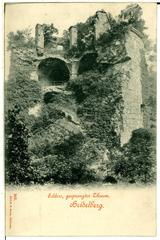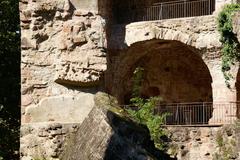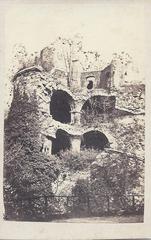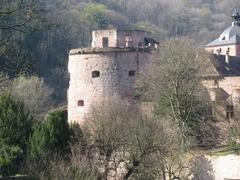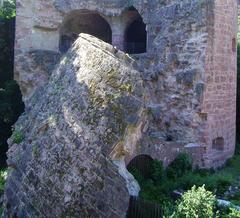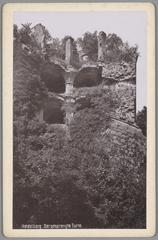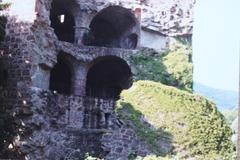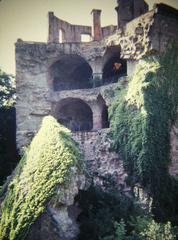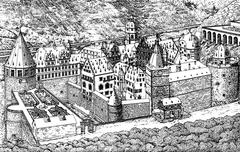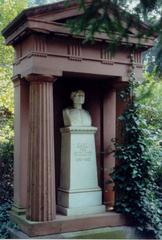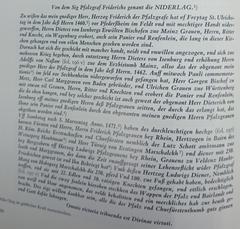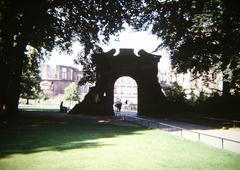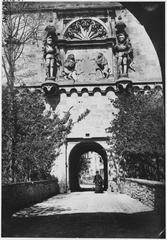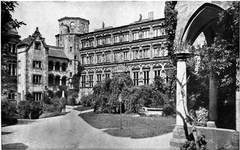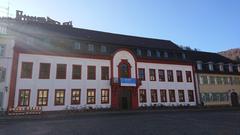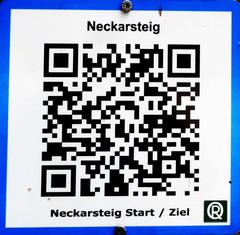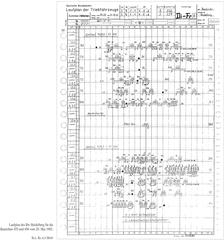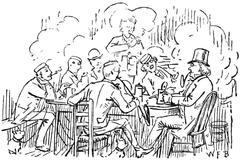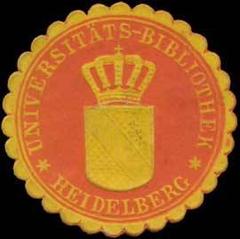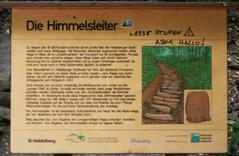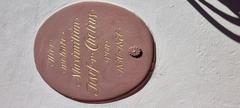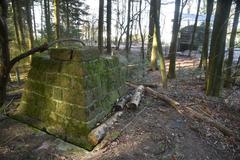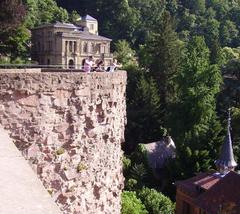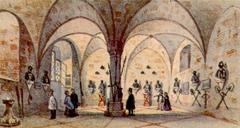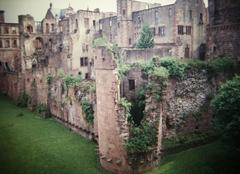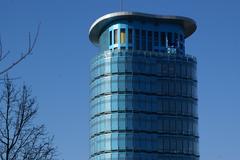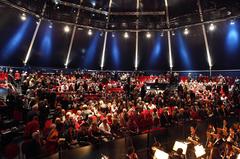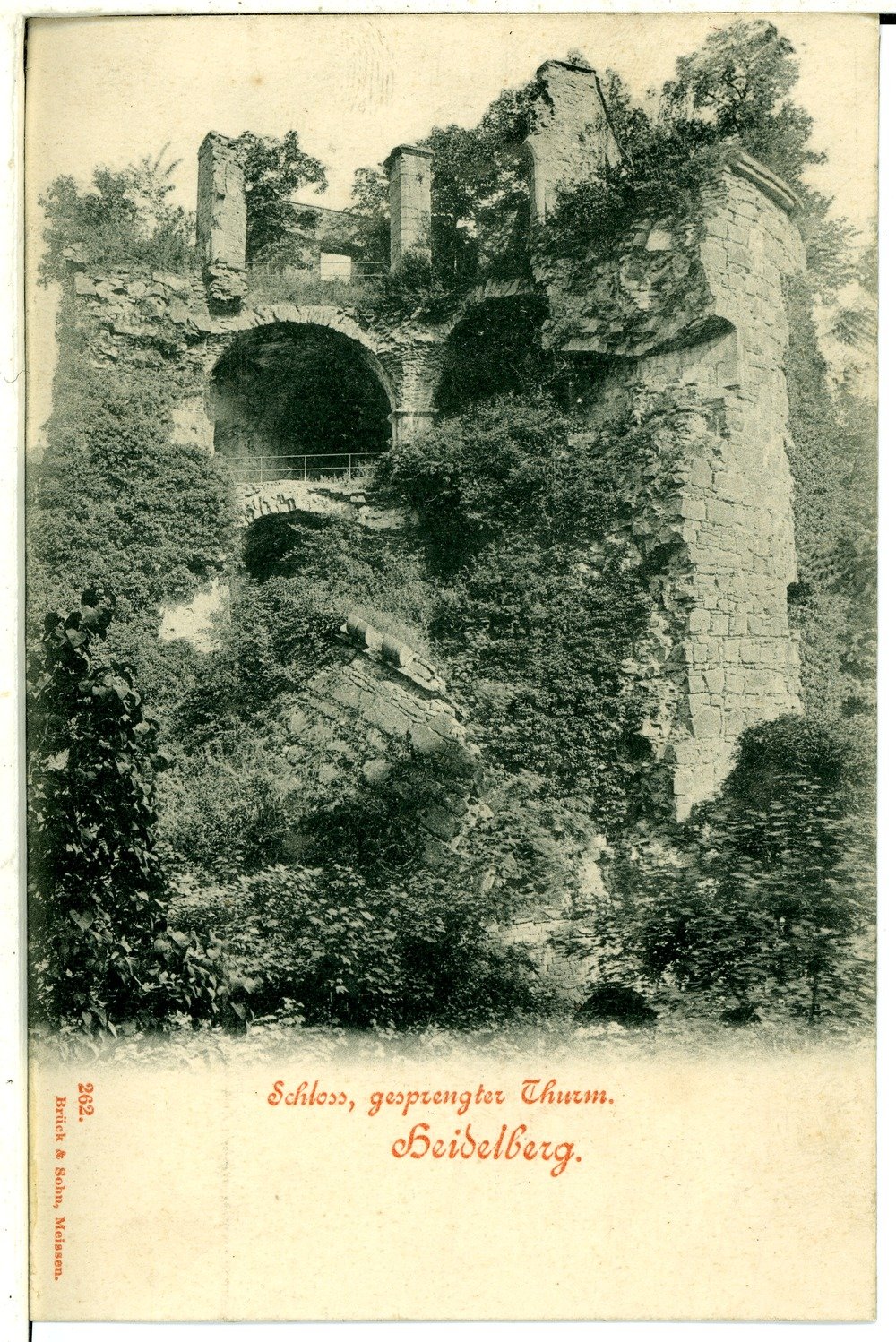
Krautturm (Blasted Tower) at Heidelberg Castle: Complete Visiting Guide 2025
Date: 14/06/2025
Introduction
The Krautturm, or “Blasted Tower” (German: Gesprengter Turm), sits dramatically within the storied ruins of Heidelberg Castle. Its shattered sandstone face and formidable silhouette tell a tale of medieval fortification, military conflict, and enduring resilience. Though partially destroyed during the wars of the late 17th century, the Krautturm remains a highlight for visitors—offering a vivid glimpse into Heidelberg’s turbulent past, breathtaking photo opportunities, and a central place in the city’s Romantic legacy.
This guide provides up-to-date information on the Krautturm’s history, visiting hours, ticketing, accessibility, nearby attractions, and practical travel tips. Whether you’re a history buff, culture enthusiast, or curious traveler, this article will help you plan an enriching visit to one of Germany’s most iconic castle ruins.
Table of Contents
- Introduction
- Historical Background of the Krautturm
- Architectural Features and Cultural Significance
- Practical Visitor Information
- Conservation and Research
- Frequently Asked Questions (FAQ)
- Summary and Final Tips
- Sources and Further Reading
Historical Background of the Krautturm
Origins and Strategic Role
Constructed in the early 14th century, the Krautturm was designed as a key defensive structure for Heidelberg Castle, protecting its vulnerable northern flank (Heidelberger Schloss – Wikipedia). Its name, derived from the German “Kraut” (meaning “gunpowder” in this context), indicates its original purpose as a powder magazine—critical for storing munitions and defending the castle during times of siege.
Wartime Destruction
During the Thirty Years’ War and especially the War of the Palatine Succession, the Krautturm played a pivotal defensive role. In 1693, French forces under King Louis XIV, seeking to cripple the stronghold, detonated explosives at the base of the tower. The resulting blast tore away the northern wall, hurling enormous stones into the Hirschgraben moat below (Komoot; Academia.edu). This act marked the beginning of Heidelberg Castle’s transformation from a fortified residence to a celebrated ruin.
Symbolic and Artistic Legacy
The ruined Krautturm became an icon of Romanticism in the 19th century, inspiring artists and writers such as Goethe and Turner with its picturesque decay and historical gravitas (Heidelberg24). Today, it stands as a potent symbol of resilience and the enduring allure of the past.
Architectural Features and Cultural Significance
- Structure: The tower originally stood over 28 meters tall (extended to 42.5 meters in 1610) and featured walls up to 6.5 meters thick, built from red Neckar sandstone (Schloss Heidelberg).
- Current State: Even in ruin, the tower reaches 33 meters, its open face dramatically exposing vaulting and rubble.
- Defensive Details: Loopholes, gunports, and thick masonry underscore its military function, while smoke vents reveal its role as a powder magazine.
- Artistic Importance: The tower’s dramatic silhouette has been immortalized in countless paintings, sketches, and photographs, making it one of the most recognizable images of Heidelberg.
The Krautturm not only embodies Heidelberg’s history but also its identity as a center of art, literature, and Romantic thought (Traveltastefeel; Heidelberg Marketing).
Practical Visitor Information
Location and Access
- Address: Heidelberg Castle, Schlossberg 1, 69117 Heidelberg, Germany
- Getting There: Reach the castle by foot from the Old Town (Altstadt), or take the Heidelberger Bergbahn funicular from Kornmarkt station (Germany Footsteps).
Opening Hours and Tickets
- Castle Grounds (including Krautturm views):
- April–October: 9:00 AM – 6:00 PM
- November–March: 10:00 AM – 5:00 PM
- Last admission is typically 30 minutes before closing.
- Ticket Information:
- Castle Grounds & Krautturm Viewing: Free
- Castle Interiors & Exhibitions: Tickets required
- Adults: approx. €8
- Reduced (students/seniors): approx. €4
- Children under 18: Free
- Guided Tours: Additional fee (usually €7–€10); available in multiple languages; check for specialized tours focusing on military history or architecture (Schloss Heidelberg – Visitor Information).
- Purchase: Onsite at the ticket office or online.
Accessibility
- Castle Terraces and Gardens: Mostly wheelchair accessible via ramps and paved paths.
- Krautturm Itself: Interior access is restricted for safety; exterior can be viewed from accessible locations, though some areas are uneven (One Million Places).
- Advice: Visitors with mobility needs should contact the Heidelberg Tourism Office for up-to-date assistance options.
Guided Tours and Interpretation
- Guided Tours: Highly recommended for historical context; available as group, private, or themed tours.
- Audio Guides: Offered in several languages.
- Interpretive Signage: Multilingual plaques detail the tower’s story.
- Special Events: Occasional night tours and cultural events feature the tower as a backdrop (Europe for Visitors).
Travel Tips & Nearby Attractions
- Best Time to Visit: Spring or autumn for mild weather; early morning or late afternoon for optimal photography.
- What to Bring: Comfortable shoes, camera, and water.
- Nearby Attractions: Great Barrel, German Pharmacy Museum, castle gardens, Philosophenweg (Philosopher’s Walk), Heidelberg Old Bridge, and the Old Town’s historic streets (Komoot).
- Facilities: Restrooms, café, and gift shop within castle grounds.
Conservation and Research
Preservation efforts keep the Krautturm stable as a ruin—a conscious choice to honor its historic destruction and Romantic legacy. Recent research uses high-resolution terrestrial laser scans to monitor structural health and provide detailed digital reconstructions (Academia.edu).
Frequently Asked Questions (FAQ)
Q: Can visitors enter the Krautturm?
A: No, the interior is closed for safety, but the exterior and dramatic breach can be viewed from castle terraces and gardens.
Q: What are the Krautturm’s visiting hours?
A: The castle grounds are generally open 9:00 AM–6:00 PM in summer, 10:00 AM–5:00 PM in winter—check the official website for updates.
Q: Are guided tours available?
A: Yes, in multiple languages; many tours feature the Krautturm.
Q: Is the site accessible for wheelchairs?
A: Castle terraces are accessible, but some paths near the Krautturm are uneven.
Q: Can I take photographs?
A: Absolutely—the Krautturm is a favorite photography subject, especially from the Hirschgraben.
Summary and Final Tips
The Krautturm stands as an enduring emblem of Heidelberg’s strength, Romantic charm, and historical depth. Its shattered yet majestic form offers a poignant reminder of the city’s survival through centuries of conflict, while its prominent location within Heidelberg Castle ensures it remains a highlight for every visitor.
Plan your visit by confirming current opening hours, booking tickets for guided tours, and preparing for some light walking. Enhance your experience with the Audiala app for audio tours and keep an eye on special events for unique perspectives on this iconic ruin.
Sources and Further Reading
- Heidelberger Schloss – Wikipedia
- Schloss Heidelberg – Visitor Information
- Heidelberg Marketing
- Traveltastefeel
- Komoot Highlight: Krautturm
- Academia.edu: Der Gesprengte Turm am Heidelberger Schloss
- Heidelberg24: Schloss Heidelberg Sehenswürdigkeit
- Europe for Visitors: Heidelberg Guide
- Germany Footsteps: Heidelberg Attractions
- One Million Places: Heidelberg Castle
